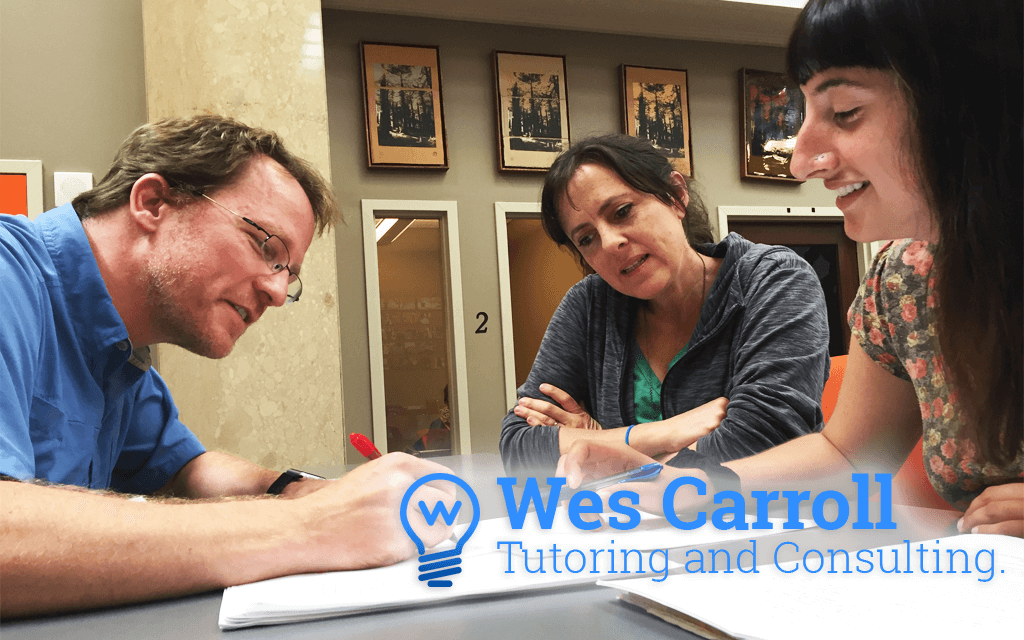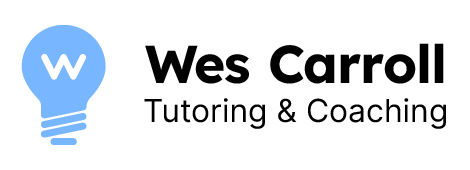Learning. Education. At first glance, the two might seem interchangeable. We certainly use them that way. After all, both relate to gaining knowledge and skills, don't they? What's the first thing on your mind when you hear 'Education'? You think classrooms,...

